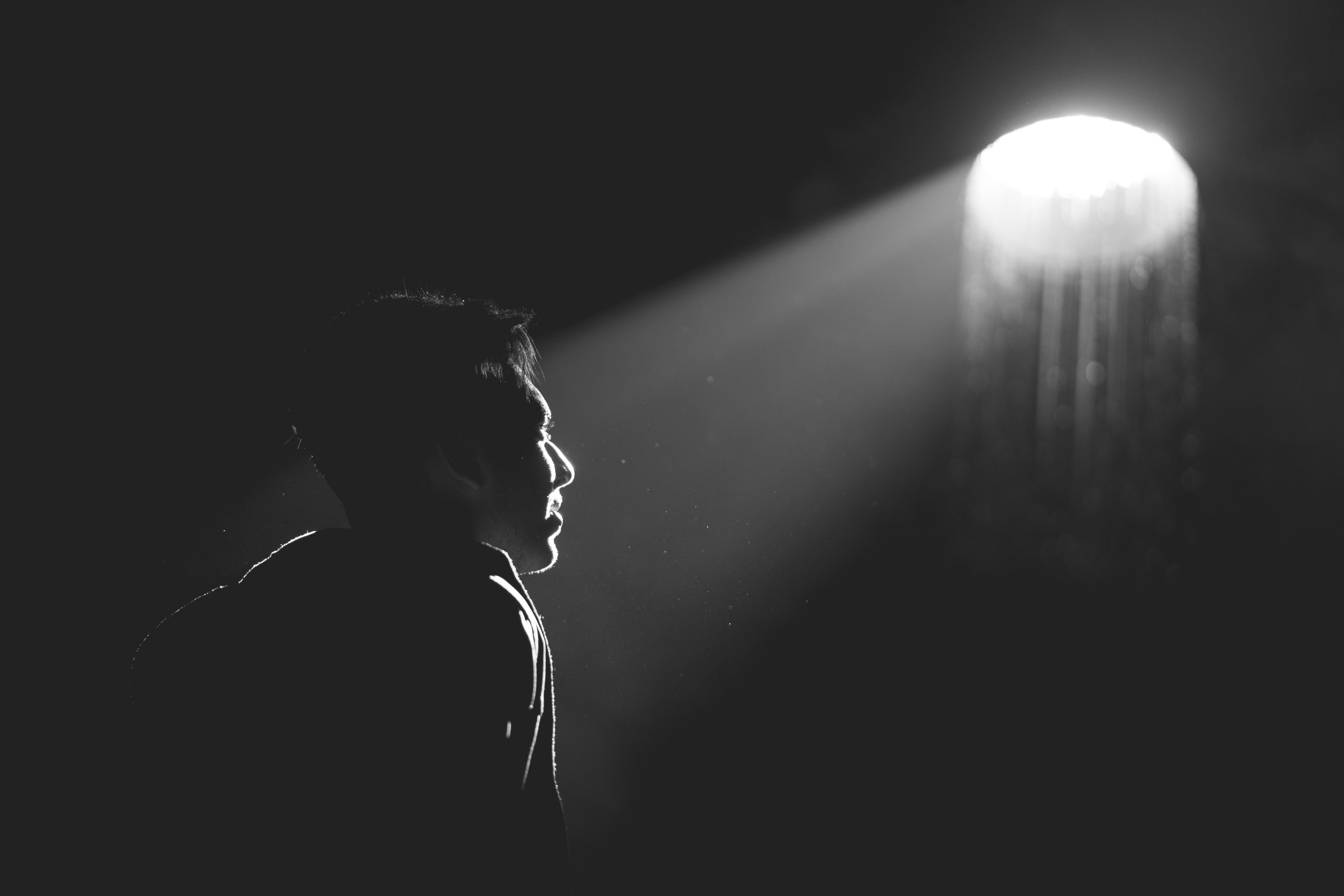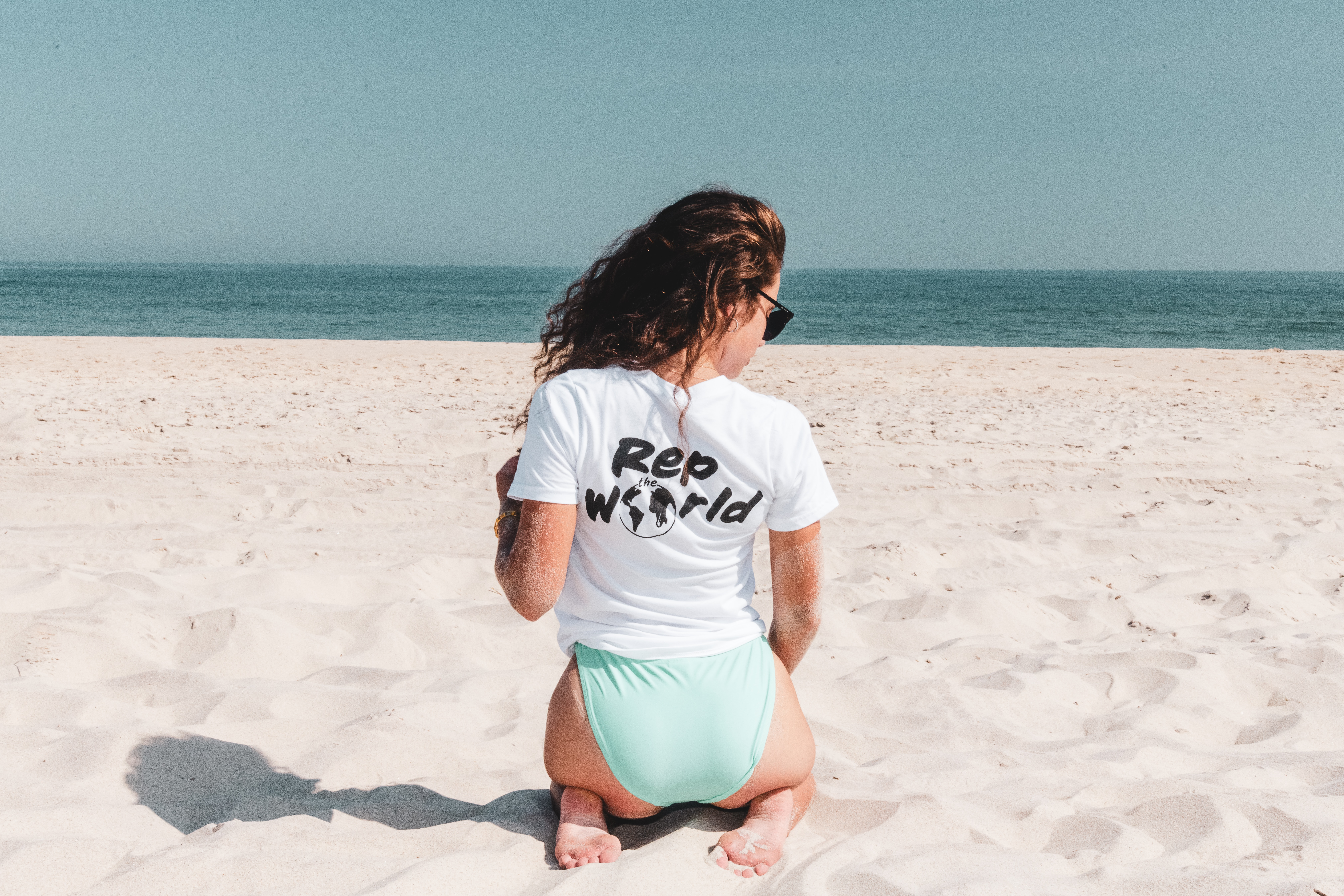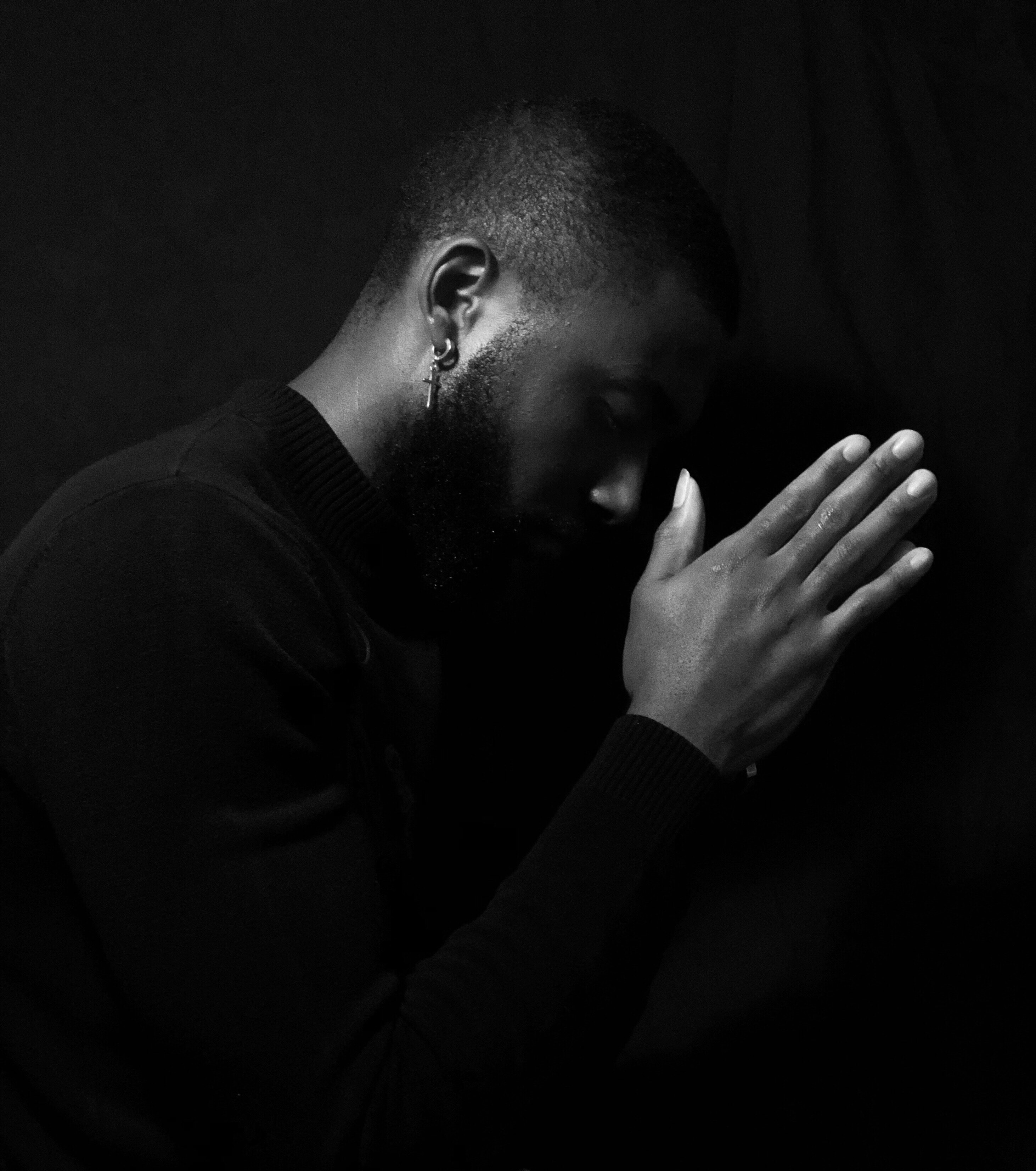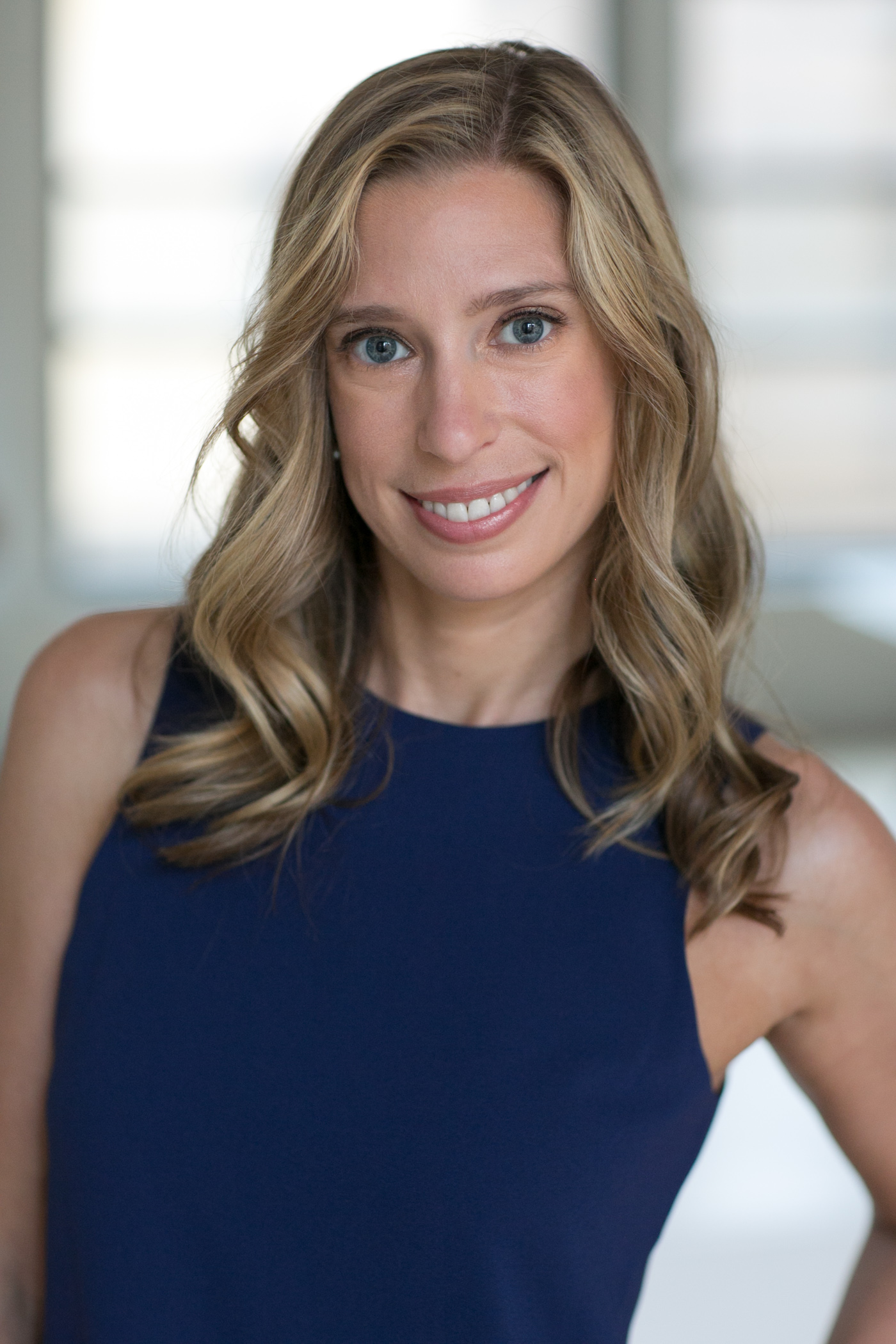Introduction – Part One

I became an orphan long before I realized I was one.
Most children are orphaned instantly. Their babysitter answers the phone and they discover their parents were hit by a drunk driver. They know the exact moment of impact and time of death. They experience a flash of recognition and an instantaneous realization of permanent solitude.
All orphans are thrown into the brink of a never-ending night and permanently blinded at an age when we’re still afraid to be alone in the dark. We’re deposited directly into the forefront of this unforgiving world with the same type of harsh and hazardous conditions that could forge a diamond.
We emanate a type of sorrow only those intimately acquainted with tragedy can harbor. We bear the same scar, but wear it differently. We subsist on and are starved by isolation and build a unique fortitude unable to be replicated under other circumstances.
We all know how to cry without tears and the lucky ones learn how to love with nothing more than hope.

It was this strict decree that forced me to live most of my life in a constant state of peril. I’ve survived certain death with such frequency that it makes a cat with nine lives look like amateur hour.
It’s a long story. And not a very pleasant one. Most people with my history of abuse die at a very young age in one of three ways: they commit suicide, they overdose on their coping mechanism (drugs) or they die at the hands of their abusers.
Most people think the truly amazing part of my story is how I managed to survive. That’s the part where the action is, where the crazy is – the part that’s like a train wreck you crane your neck to see as you drive by.
Yes, my story is provocative. It features teenage years filled with drugs, sex and violence set against the backdrop of the posh hamlet of the Hamptons and New York City’s Upper East Side. My step-father is a prominent Rabbi who has risen from the ashes like a Phoenix – not once, but twice. And society seems to enjoy watching the shadow side run wild, even more so, when you are pious.
Others will probably take some sort of sick joy in reading about what I suffered at the depths of other people’s depravity. Yes, my story most definitely has all the trappings of Hollywood and perhaps that will be the reason people pay attention.
But, try to remember – that’s not the good part.

They say it’s always best to start at the beginning. But, this story doesn’t start with once upon a time…
And I wasn’t orphaned in an instant. My parents didn’t slowly fade away like those taken by cancer. My parents didn’t die, they’re still alive. But, what if they were never really there to begin with? How do you measure what’s lost? How do you notice something is missing if you’ve never had it before?
My parent’s raised me. And to the outside world, we looked like the perfect American family. This wasn’t an accident. It was orchestrated.
We looked like the perfect American family, because that’s how my parents wanted to present us. And that’s what they demanded from us. Nothing short of perfection.
I doubt anyone will want to hear about the science. But, in 1995, Dr. Vince Felitti at Kaiser and Dr. Bob Anda at the CDC began a study known as the Adverse Childhood Experiences (ACE) study. They asked 17,500 adults ten questions about their childhood. For each question they answered yes, they received one point.
A simple score between zero and ten. A number that tells you how much trauma a child has experienced and correlates to later health outcomes.
You’re probably just wondering what juicy tidbits happened at the beginning of my life that led to the thrilling middle part. You wanna know my score? Like that boyfriend in college who was obsessed with how many other people you slept with before him.
My score is eight.
Most people don’t care about the big picture. They just want to know how I survived the same way they want to know how an illusionist makes his pretty little assistant disappear. But, it wasn’t magic. And I’ll tell you, but only because you can’t understand the end of the story, if you don’t know the beginning.
Just try to remember – that’s not the good part…

I’ll tell you my story, but only in an effort to help you to understand how this happens. To answer (or at least strive to answer) all the tough questions:
How did being molested alter your perception of the world? Why are you afraid of your parents? What was the impact of growing up in a religious family ensconced in public scandal? How did rape change your capacity to love? Why did you want to commit suicide? What did you find appealing about drug addiction? What motivated you to run away from home? Why did you stay in abusive relationships? What did you learn that helped you turn it all around? How did you heal?
Try to remember, I didn’t have a special shield to protect me. I took a lot of beatings (both physical and metaphorical).
I’ve learned how to hide things most people couldn’t even endure. I know that a true warrior is defined not by what they inflict, but what they can endure. The ability to tolerate pain is the greatest weapon we yield. Master that and nothing and no one holds power over you.
Pain does one of two things – either it makes you strong or it makes you stupid. Either way it binds us to one another with everlasting strength. Pain is a prison all its own.
I know that physical abuse leaves behind the least amount of scar tissue. The real wounds are invisible. Inflicted from decades of emotional abuse no one noticed. Because the toughest battles are always fought behind closed doors. And home isn’t a fortress, it’s a battlefield where safety is only a fleeting promise whispered after a fight and never a permanent state of affairs.
My insides are pretty ugly. Filled with deep wounds that were re-opened over and over again. Some are still raw. Others have started to heal. The scar tissue is thick with jagged edges.
Both the wounds themselves and the physical and mental illnesses they bred have wreaked havoc on my life for decades. For most of my life I lived at the mercy of my own mind. So I speak from experience when I tell you, that the gates to hell are most definitely locked from the inside.
And I am not alone.

Our personal history, our memories and the ghosts of our past, are more than just mere hauntings and horror stories. These manifestations are often far more tangible than any object you could hold in your hands.
While the details of my story might be unique, try to remember, it’s also all too common. Many children have suffered and continue to suffer from similar twists of fate. We cannot rid the world of evil, but something can be done and something must be done to protect those who are too young and too weak to protect themselves.
Trauma is a disease. That part of my story is backed by science. I like the science behind the trauma. During my recovery, I found it comforting to know the reason why this happened to me and how this happened to me. I found it encouraging. It reminded me that it wasn’t my fault. It brought me hope. You see, science is an inherently optimistic endeavor. The founding principles being that mysteries can be solved, nature is comprehensible and we can make things better.
(Are you paying attention? Cause we’re getting closer to the good part.)
Wanna read more? Check back next week for part two of the intro before we kick off with chapter one!
The goal is to shed light on the current epidemic of narcissism in our country. It is also my most sincere hope that this story will help people who are survivors of abuse or suffering with mental illness to find not only solace, but salvation.
Bonus points if it also sparks a national dialogue about how the prominence of this destructive personality trait is shaping future generations, altering the fabric of our culture and impacting our society as a whole.
Wanna Read More?


